
The smell of stale cigarette smoke, pet odors, or cooking smells can be difficult to get rid of. These unpleasant smells can linger in your house and make it feel unwelcoming. Luckily, there are effective ways to eliminate these unwanted smells and freshen up your home. In this blog post, we'll discuss some of the most effective ways to remove unwanted smells from your house.
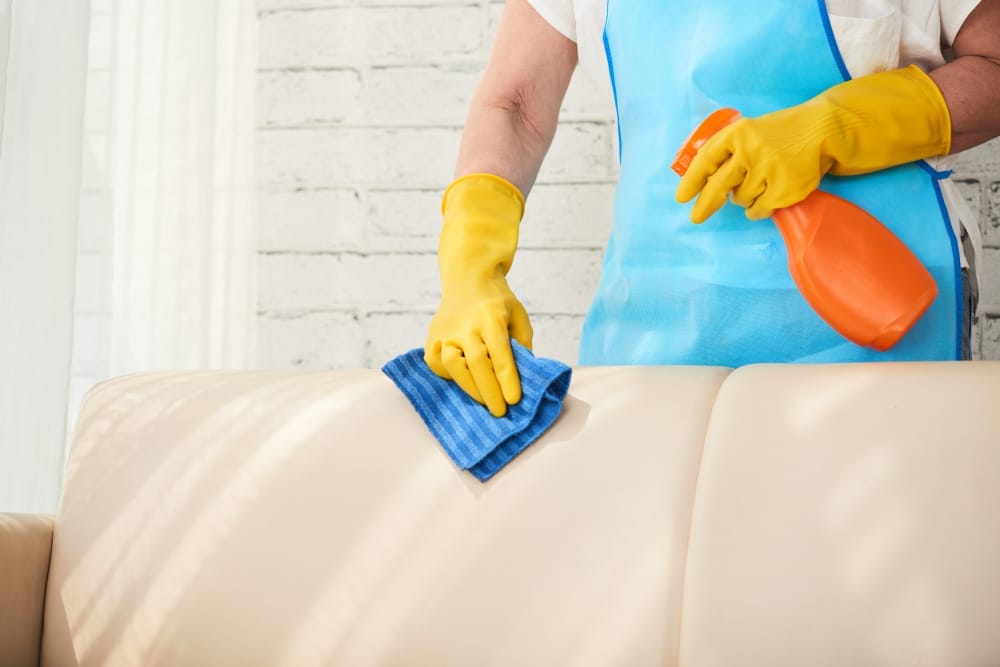
The bedroom is where you spend most of your time sleeping, relaxing, and unwinding after a long day. However, it can quickly accumulate unwanted smells from sweat, dirty laundry, and general use. To remove unwanted odor from your bedroom, consider washing the bedding regularly, use air fresheners, and dry out any moisture or dampness. Another effective way of eliminating smells is by adding some green plants, such as ferns and palms, to absorb bad odors.
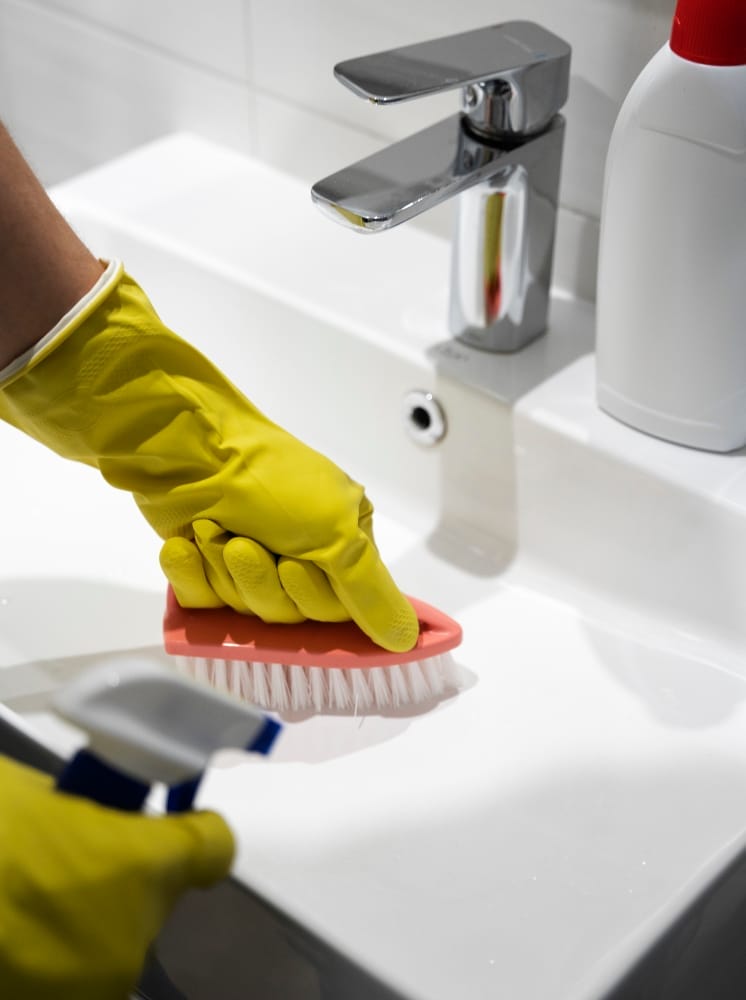
Another common area in your house that can accumulate unpleasant smells is the bathroom. The smells could be from used towels, dirty laundry, mildew, or soap scum. An effective way of eliminating these odors is by keeping the bathroom dry and well-aired, regular cleaning, using odor-buster products such as citrus spray, and replacing towels and rugs regularly.
Diffusing essential oils such as lavender, peppermint, or eucalyptus in the bathroom can also help freshen up the air, although we emphasize keeping moisture levels at bay!
Cooking smells and food odors can be particularly challenging to eliminate. To remove unwanted food smells from your kitchen, start by cleaning the refrigerator, using baking soda and vinegar to clean the sink, while it’s still bubbling, and wiping down all surfaces, including the cabinets. You can also consider leaving a bowl of coffee grounds or vinegar overnight to absorb any unwanted smells.
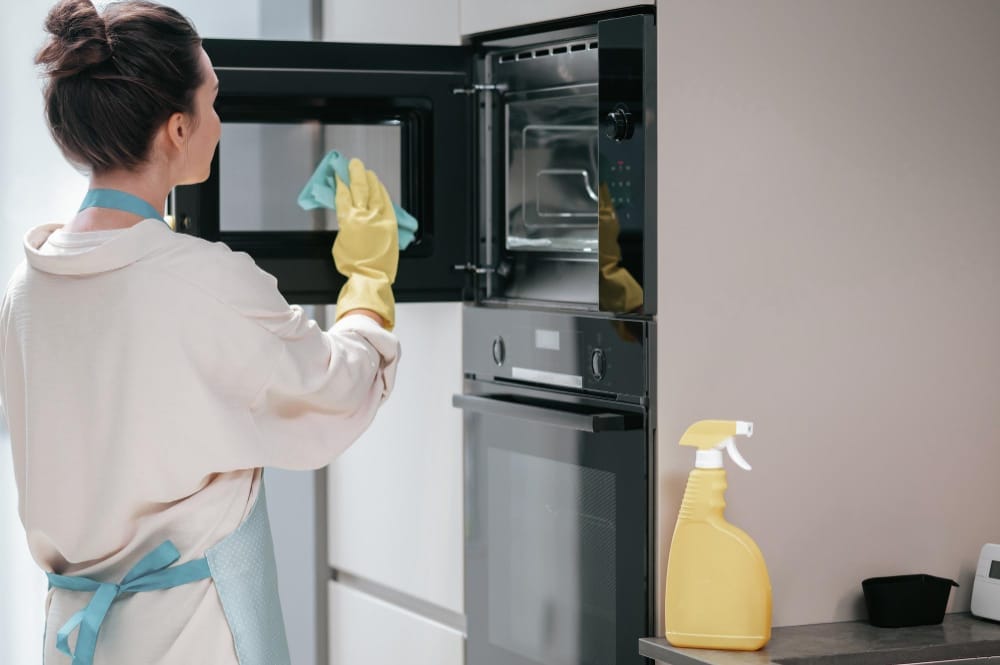
Also, don't forget to regularly take out the garbage and clean the trash can to prevent unwanted odors from developing. Lastly, adding some indoor plants such as aloe vera or spider plants can also help purify the air in the kitchen.
The living room is another place where unwanted smells can linger, especially if you have pets, smokers, or kids. To remove unwanted smells from your living room, start by cleaning the carpets and upholstery, washing curtains, and dusting the furniture regularly. Use air purifiers to help filter out pollutants and bacteria present in the air. Consider using scented candles or diffusing essential oils to keep the room smelling fresh and inviting.
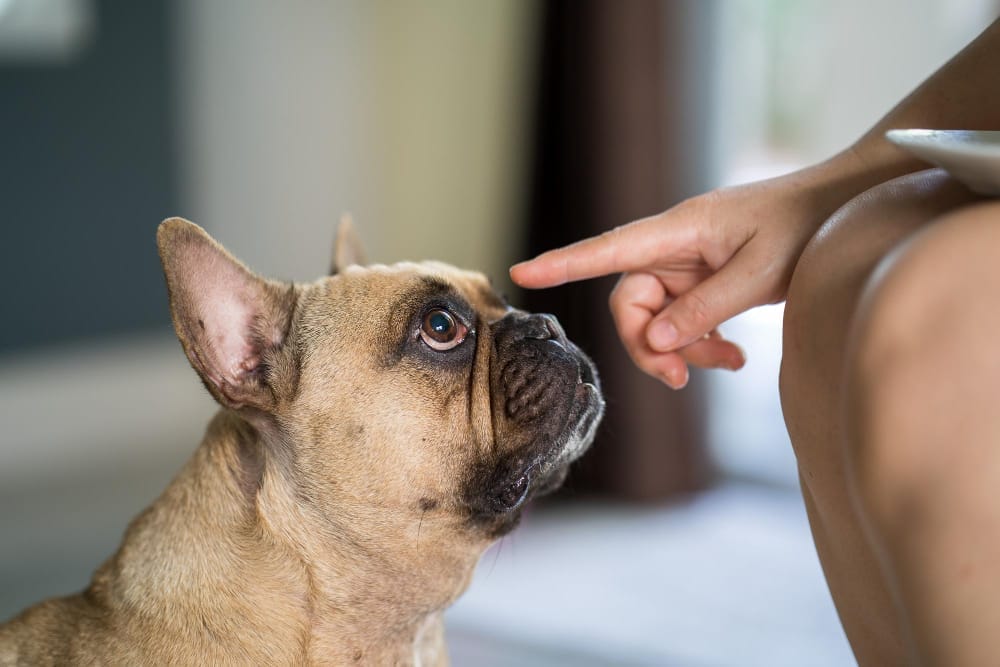
Regularly grooming and bathing your pet, cleaning their bedding and toys, and vacuuming furniture and carpets can help reduce pet odors in the living room. Additionally, using an odor-neutralizing spray on furniture and carpets can also be effective in eliminating unwanted smells.
Learn more: 5 Tips for Tackling Pet Urine Stains and Odors Like a Pro
Finally, the basement and attic are other areas in your house that may need special attention when removing unwanted smells. In the basement, it is essential to keep the area dry and well-aired, regularly cleaning out any mildew and mold. In the attic, it's crucial to ensure proper ventilation, keep the area dry, and store items properly. Using essential oils diffusers in these areas can also help.
If the smells persist, it might be time to call in a professional cleaning service, like our team at Bio-One of Modesto! We are prepared to tackle even the most extreme smells discreetly and professionally. Say goodbye to unwanted smells by following these guidelines, and enjoy a fresh and inviting home all year round. Contact us today for a free estimate.

Gross filth is often overlooked until it becomes a health or safety hazard. This term refers to extreme clutter, hoarding, squalor, or abandoned homes filled with waste or debris. Each of these scenarios has its unique dangers, ranging from physical injury to the spread of disease, and handling them requires special care and expertise.
In this blog, we'll go over the different types of gross filth, the potential risks associated with it, and why it's crucial to engage professional cleanup and restoration crews to manage these situations.
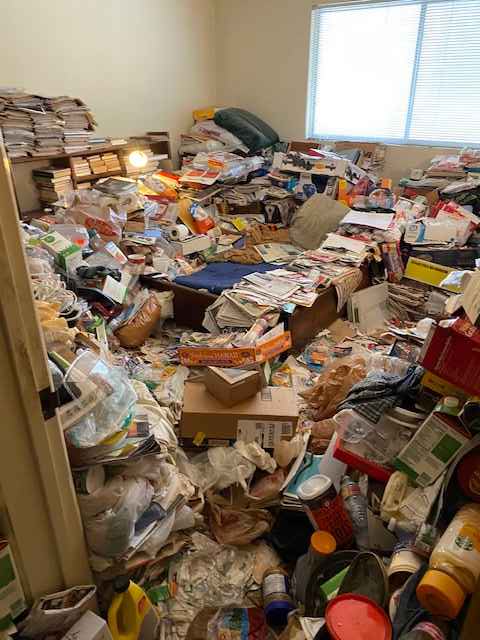
Let's delve into the different types of gross filth. Each variety presents its own set of challenges and potential hazards, rendering them problematic and possibly harmful if not addressed properly.
In each of these cases, the dangers are significant and the cleanup process should be left to professionals.
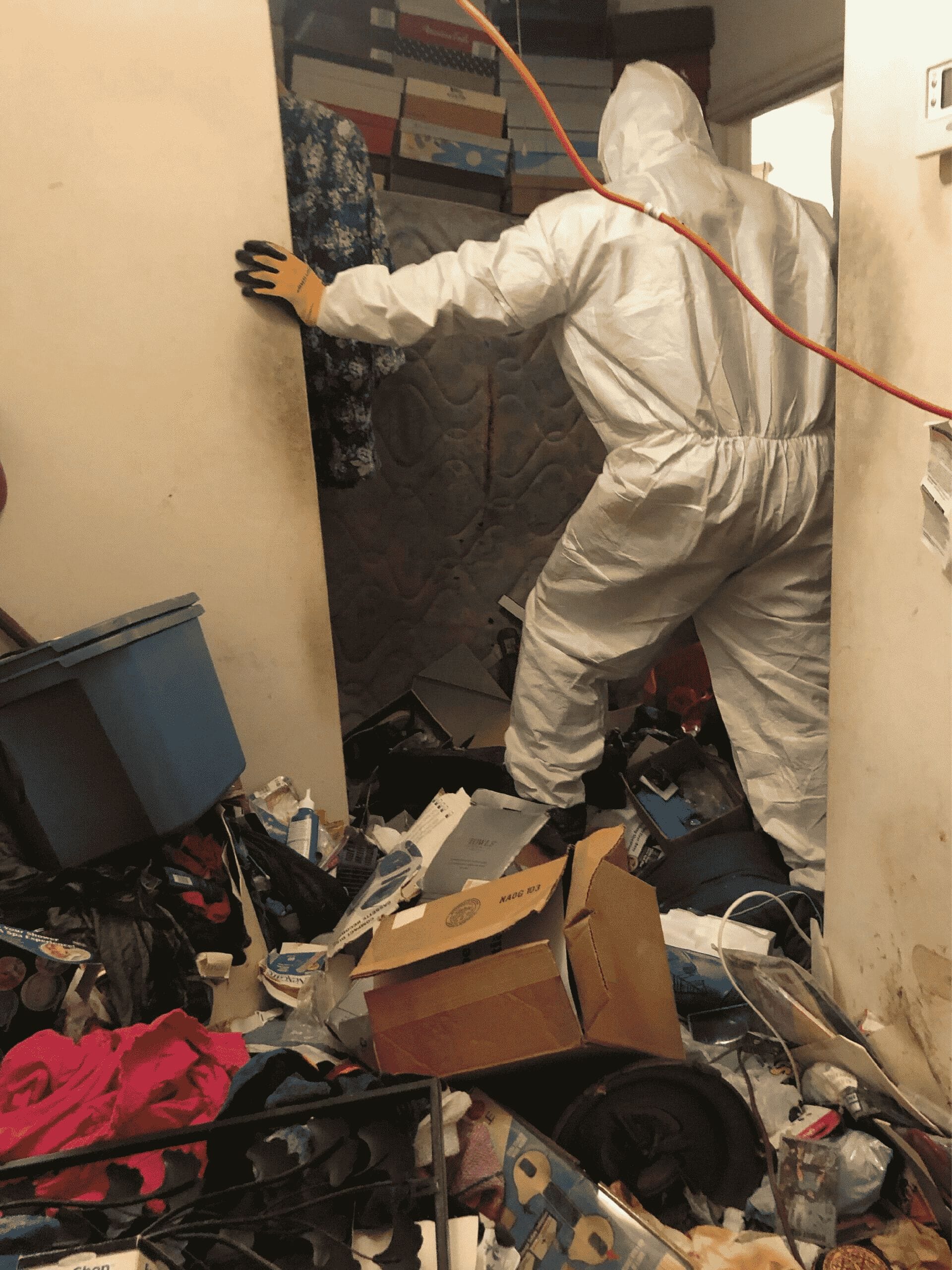
Not all situations involving dirt and grime are classified as gross filth. For example, if a home or property is neglected due to financial difficulties, it may not fall under the category of gross filth. It's essential to distinguish between neglect and intentional disregard for cleanliness. Some people a just disorganized!
In cases where a person is unable to maintain their property due to physical or mental health issues, it's also important to approach the situation with empathy and understanding.
Gross filth presents several potential hazards that can impact health and safety. It's not just about the disturbing sight and unpleasant smells — the consequences run deeper.
Given the complex and dangerous nature, it's crucial to involve professional gross filth cleaning and restoration crews.
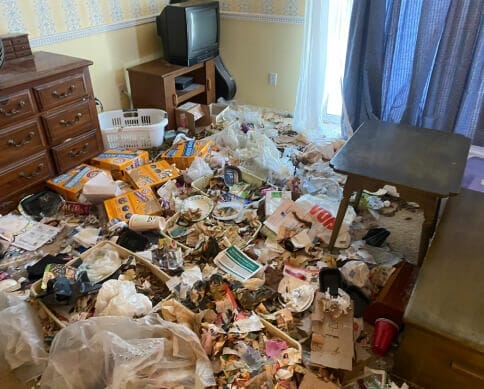
Bio-One of Modesto specializes in the cleanup and restoration of properties affected by gross filth. Our team can safely remove all materials and properly dispose of them. We also have the necessary knowledge to handle hazardous substances and address any structural damage caused by the filth.
Most importantly, our compassionate approach ensures that we treat each client with dignity and respect, understanding the sensitive nature of these situations. We strive to provide a clean, safe, and healthy environment for our customers!
Don't risk your safety or well-being by attempting to clean up gross filth yourself. Let Bio-One of Modesto handle the job. Contact us today.
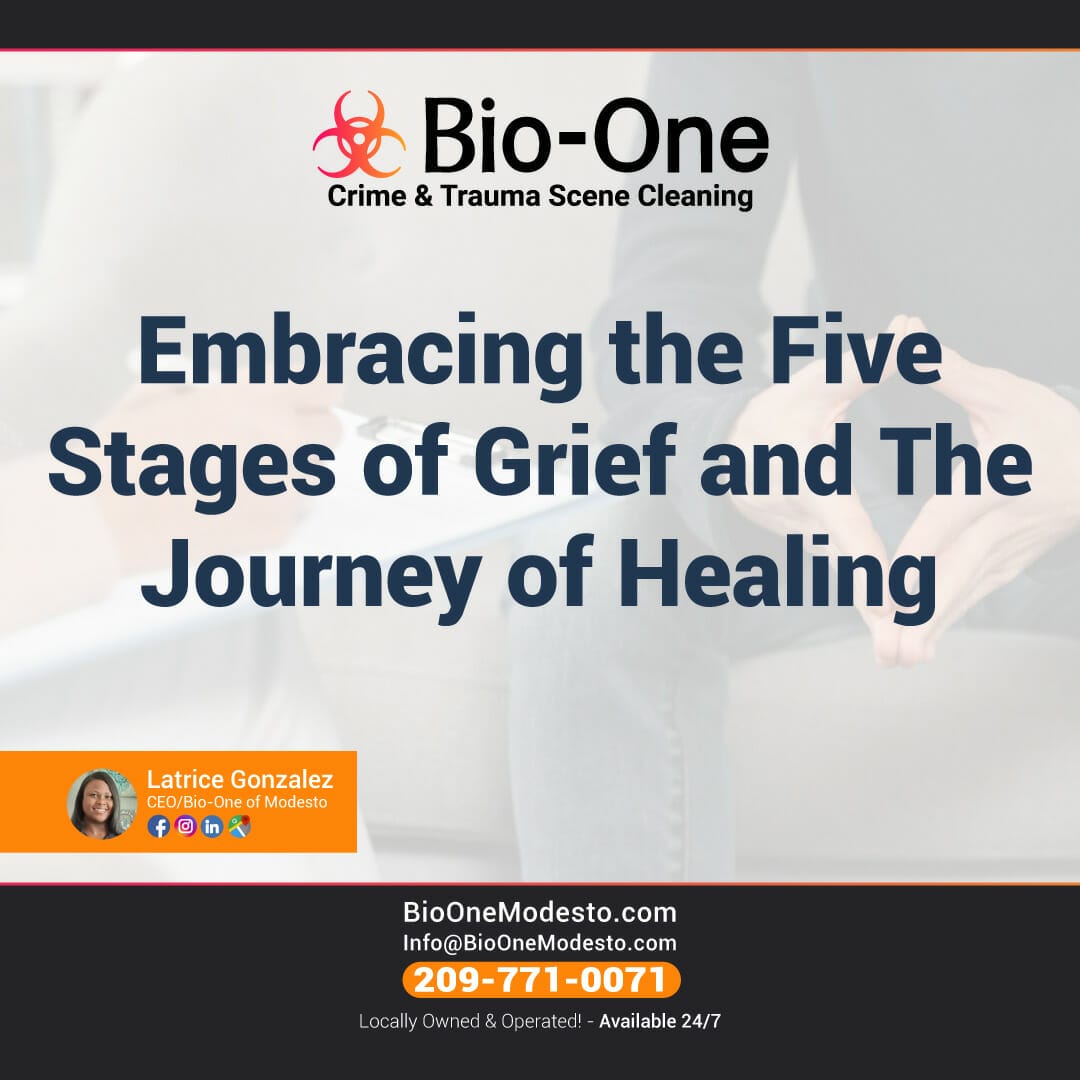
Whether you are experiencing grief yourself or know someone who is going through this difficult time, it's important to know that there are five stages of grief that people typically go through when they experience a significant loss. Grief is a natural and inevitable part of life. Understanding these five stages and learning how to support someone through them can make all the difference in helping someone heal and move forward in their life.
Denial is the first stage of grief. It is a common and even normal reaction to loss and often involves shock and disbelief. When someone is in this stage, they may not want to believe that the loss has occurred. They may act as if nothing has happened and may even refuse to acknowledge the reality of what has happened.

The second stage of grief is anger. This stage is where a person begins to feel the reality of the situation and may lash out in frustration and anger. Feelings of guilt, helplessness, and resentment may also arise during this stage. They may also feel a deep sense of injustice about the loss. If someone you know is going through this stage, it’s important to listen to them and understand what they are going through. Don’t try to “fix” their anger, but rather offer your support and encourage them to express their feelings.
The third stage of grief is bargaining. This is when a person starts to try to make deals in order to avoid the pain and sorrow of the loss. They may try to negotiate with fate or a higher power by making promises to change their life if they can only have one more chance. This is a natural stage of grief and often goes hand-in-hand with guilt.
If someone you know is in this stage, offer them reassurance. Encourage them to express their feelings and remind them that it’s okay to grieve in their own way.

The fourth stage of grief is depression. This is when the reality of the loss sets in and a person may feel sad, lonely, and hopeless. They may withdraw from others and have a difficult time finding joy in life. During this stage, it’s important to remind them that they are not alone. Encourage them to seek professional help if necessary and let them know that there is no shame in asking for help.
The final stage of grief is acceptance. This is when a person comes to terms with the reality of the loss and is able to move forward with their life. This does not mean that the pain goes away, but it means that they are able to find a new way of living without the person or thing that was lost. During this stage, it’s important to continue to encourage your loved one to find meaning in their life again.

Remember, it's perfectly okay not to bear the burden of grief alone. Help is available, and it's important to reach out when needed. Here are some resources for those struggling with any of the stages of grief and loss:
Grief is a difficult and painful process, but still a necessary part of life.
By understanding the five stages of grief and offering support to a loved one going through this process, you can help them to heal and find meaning in their life once again. There are many resources available for those struggling with grief and depression in the Modesto Area, and Bio-One can connect those struggling with grief with support groups and organizations.
Remember, it’s okay to grieve in your own way and there is no shame in seeking help when you need it. Grief is a journey.
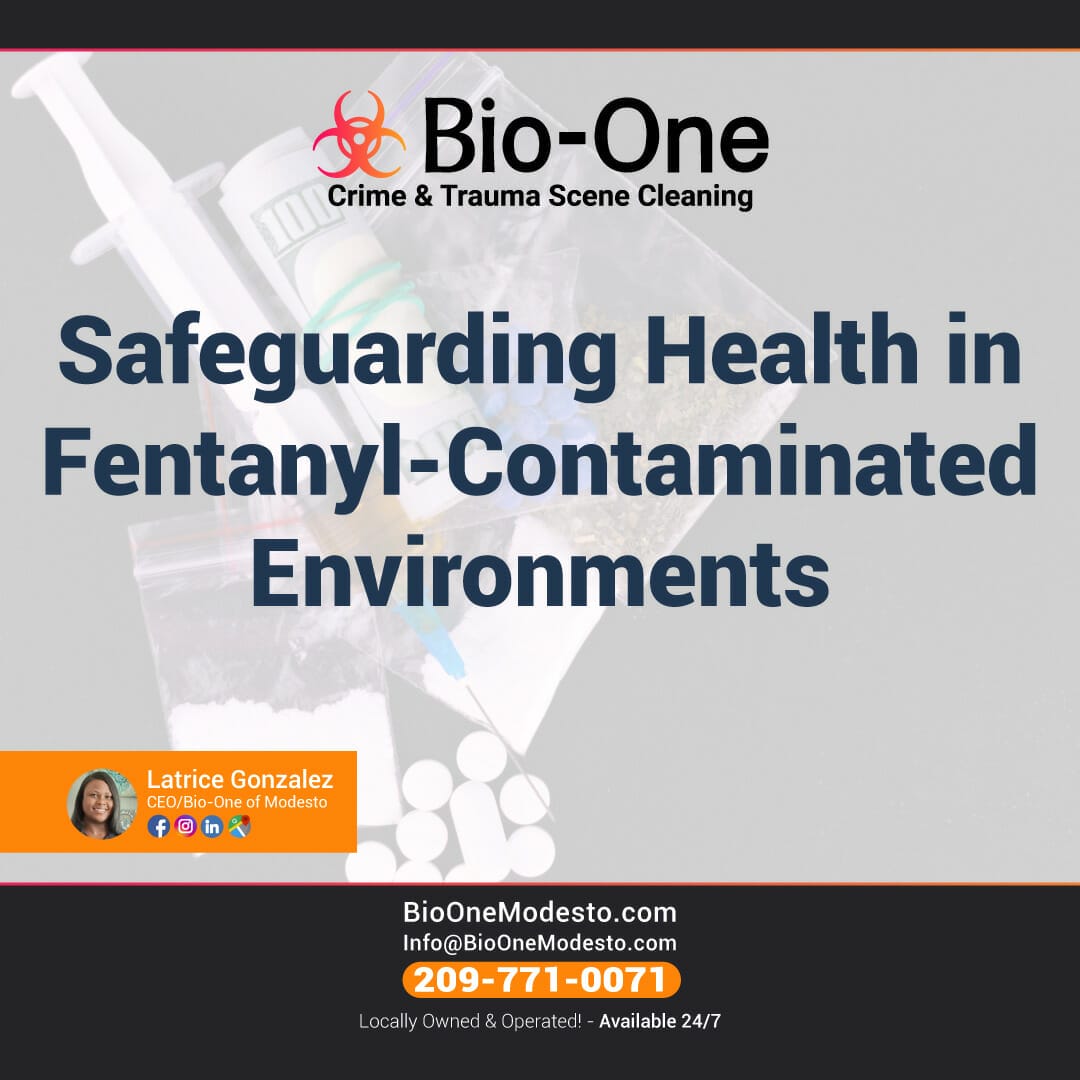
The rise in synthetic opioids has created a public health crisis in North America. Among these, Fentanyl stands out as a lethal substance that can cause dangerous health effects on human health with exposure. As deaths due to Fentanyl continue to rise, so does the need for safeguards against its contamination. In this blog post, we will take a closer look at the importance of professional fentanyl cleanup and the risks that exist without it.
Fentanyl contamination can take place in a variety of settings, from homes to public spaces. It can become a risk in cases of overdose, and medical workers and responders are often the first responders who need to address it. Even in circumstances where a fentanyl overdose victim is alone, an accidental release can happen that leaves the area contaminated.
Cleaning up a fentanyl-contaminated area requires high levels of expertise and specialized equipment to ensure safety. Our team at Bio-One Modesto provides essential assistance in dealing with fentanyl contamination, as we are a Certified Fentanyl Remediation Professional.
Fentanyl is a potent drug that is fifty times more potent than morphine. Exposure to the Fentanyl drug, especially through inhalation, may result in life-threatening respiratory depression and cardiac arrest. Other dangers of fentanyl exposure include:
If you come into contact with a Fentanyl-contaminated environment, seek medical help immediately and call a professional cleanup service provider like Bio-One Modesto.

In cases of exposure to Fentanyl, the effect could lead to serious illness or death, depending on the amount inhaled, ingested, or absorbed through the skin. If you're exposed to a fentanyl-contaminated environment, you should:
To ensure that a space contaminated with fentanyl is fully cleared of all traces, it is important to work with a professional cleanup crew. At Bio-One of Modesto, we provide advice and services concerning other substances that have caused damage.
Must read: What to do if you think someone is overdosing - CDC
The risks that Fentanyl contamination poses overlap with other hazardous waste substances, such as other opioids, bloodborne pathogens, and bodily fluids.
Fentanyl contamination is a frightening prospect for anyone affected by it, and addressing it in the wrong way can cause more harm than good. Bio-One Modesto has the experience and knowledge to navigate and provide safety assistance in such circumstances, including fentanyl cleanup. We prioritize safety measures when providing our services, and can provide removal and disposal of hazardous materials.
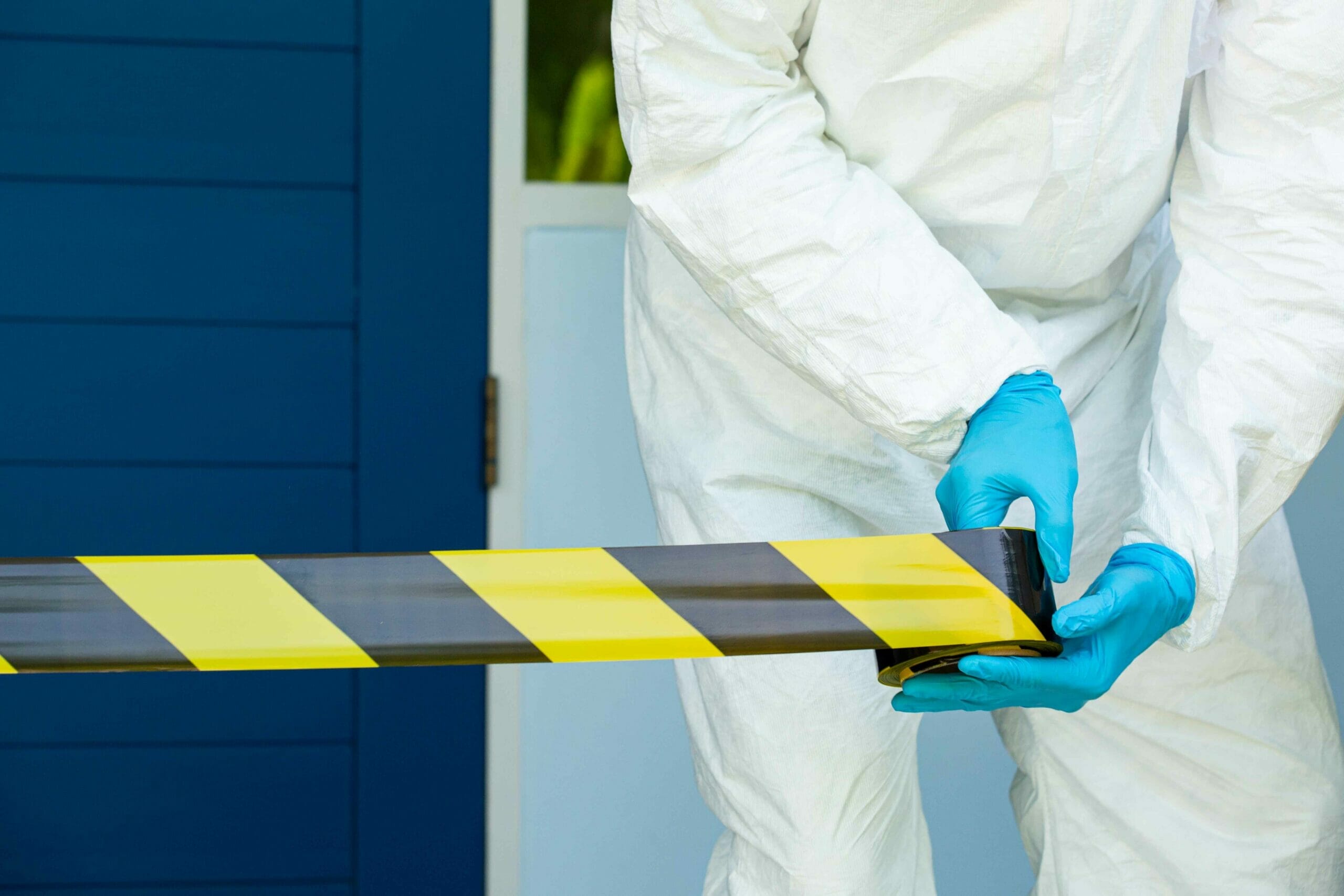
Contact us today if you have any questions about fentanyl cleanup and how to safely handle it.
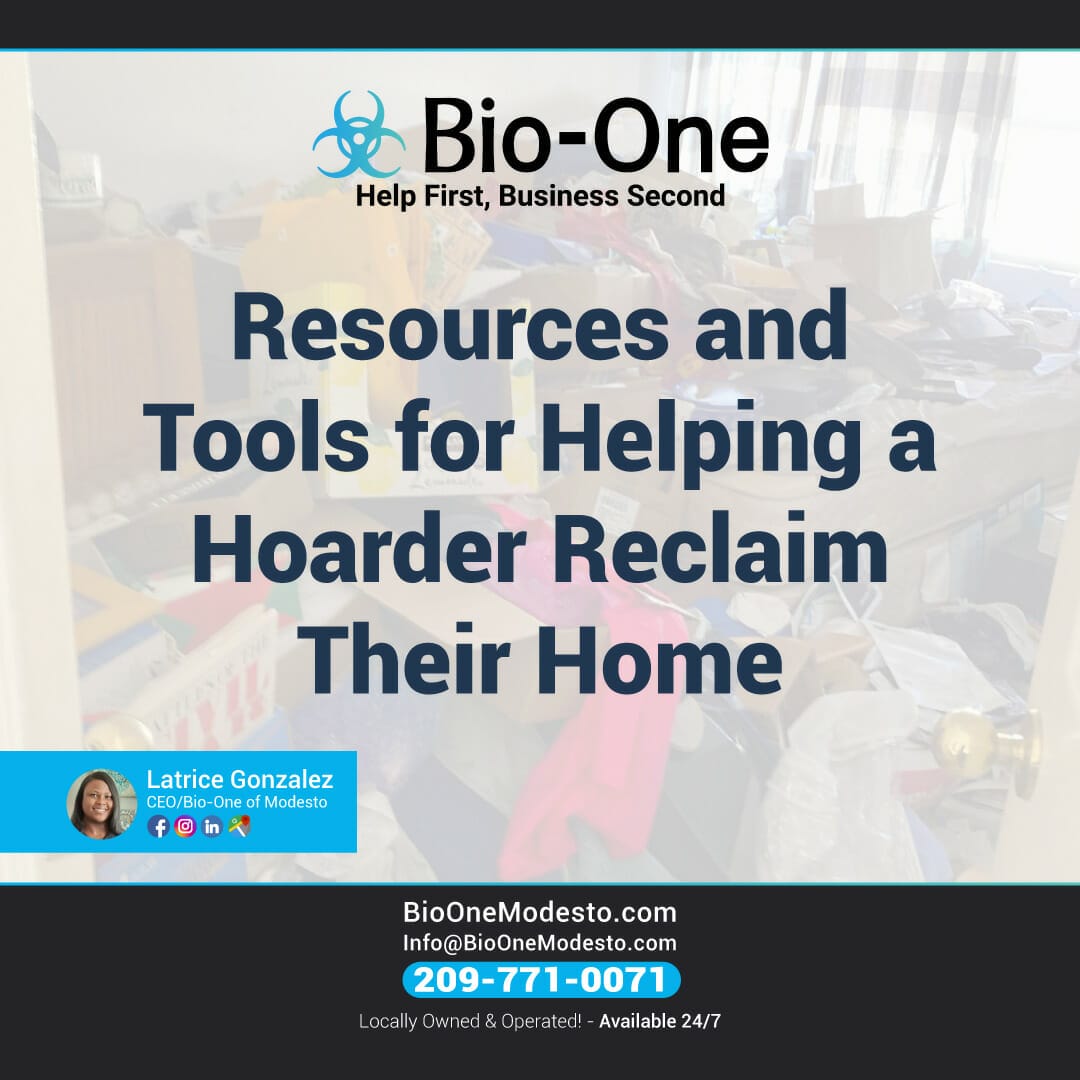
Hoarders are individuals who struggle with persistent difficulty in discarding or parting with possessions, regardless of their actual value. This can quickly lead to a cluttered and disorganized home that can be overwhelming and hazardous to live in. Hoarding disorder can affect anyone, and it’s crucial to approach the situation with empathy and understanding. In this blog post, we will be discussing resources and tools that can be used when helping a hoarder declutter their homes and reclaim their spaces.
The first step in assisting a hoarder is to seek support and advice from professionals. Psychologists and counselors have experience in helping individuals struggling with hoarding habits. They can assist in developing a treatment plan tailored to the specific needs of the hoarder. Additionally, hiring professional organizers or a hoarding cleanup company can help in decluttering homes.
It's important to approach conversations with hoarders with compassion, respect, and empathy. Conversations should be non-judgmental, and it's essential to listen to their needs and concerns. It's advisable to have a plan in place and initiate conversations in a calm and patient manner. Assure them that getting rid of possessions doesn’t mean they’re losing their memories or identity, but instead, can help them lead an organized and healthy life.
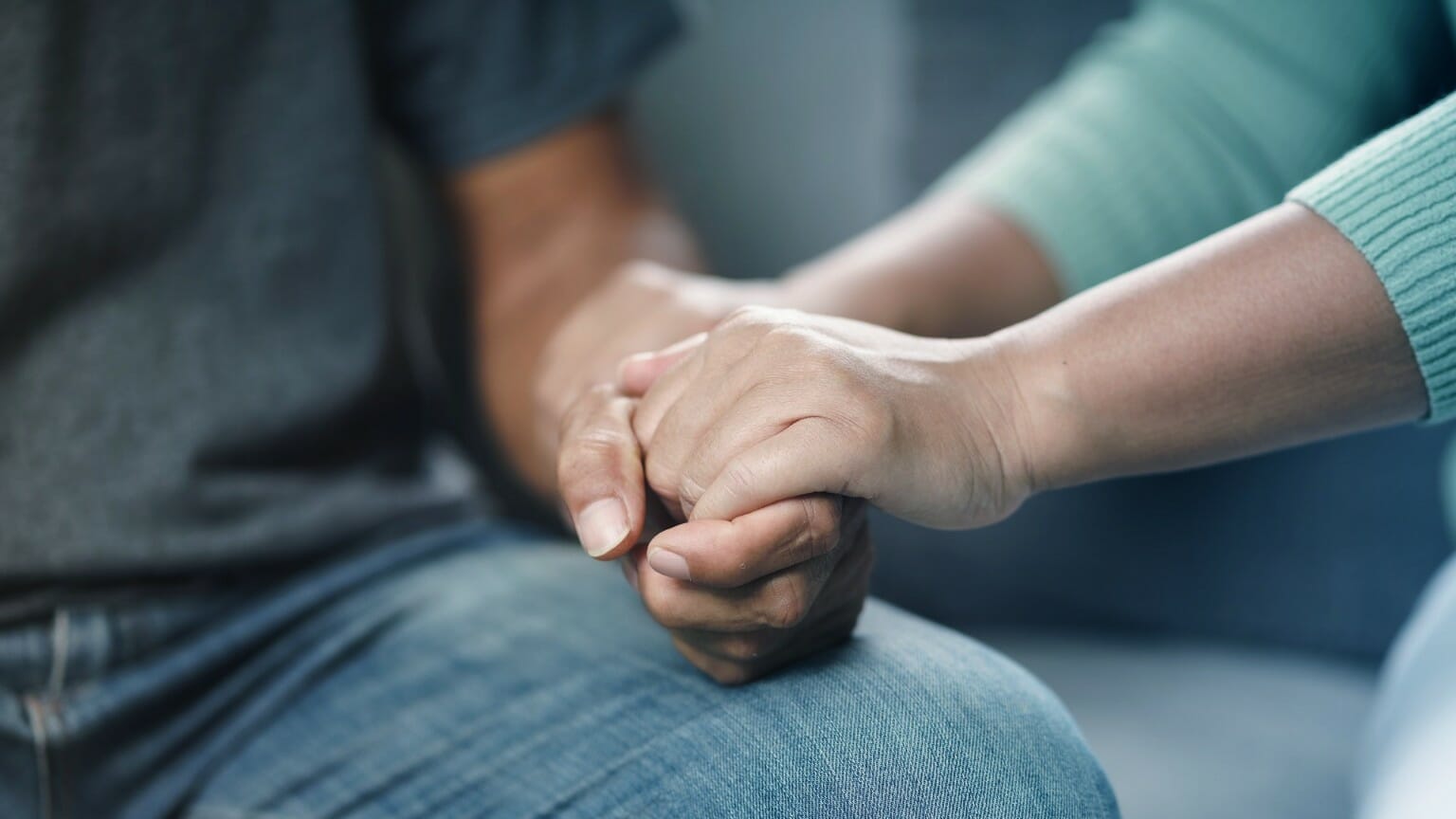
One of the most challenging things about decluttering is figuring out what to keep and what to get rid of. For hoarders, it may be especially challenging. One tip to make the process more manageable is to sort items into different categories such as Keep, Donate, or Toss. This sorting process can help individuals identify items of sentimental value and things that they might wish to keep for their functionality. Try to limit the number of items for each category to help make the process more accessible.
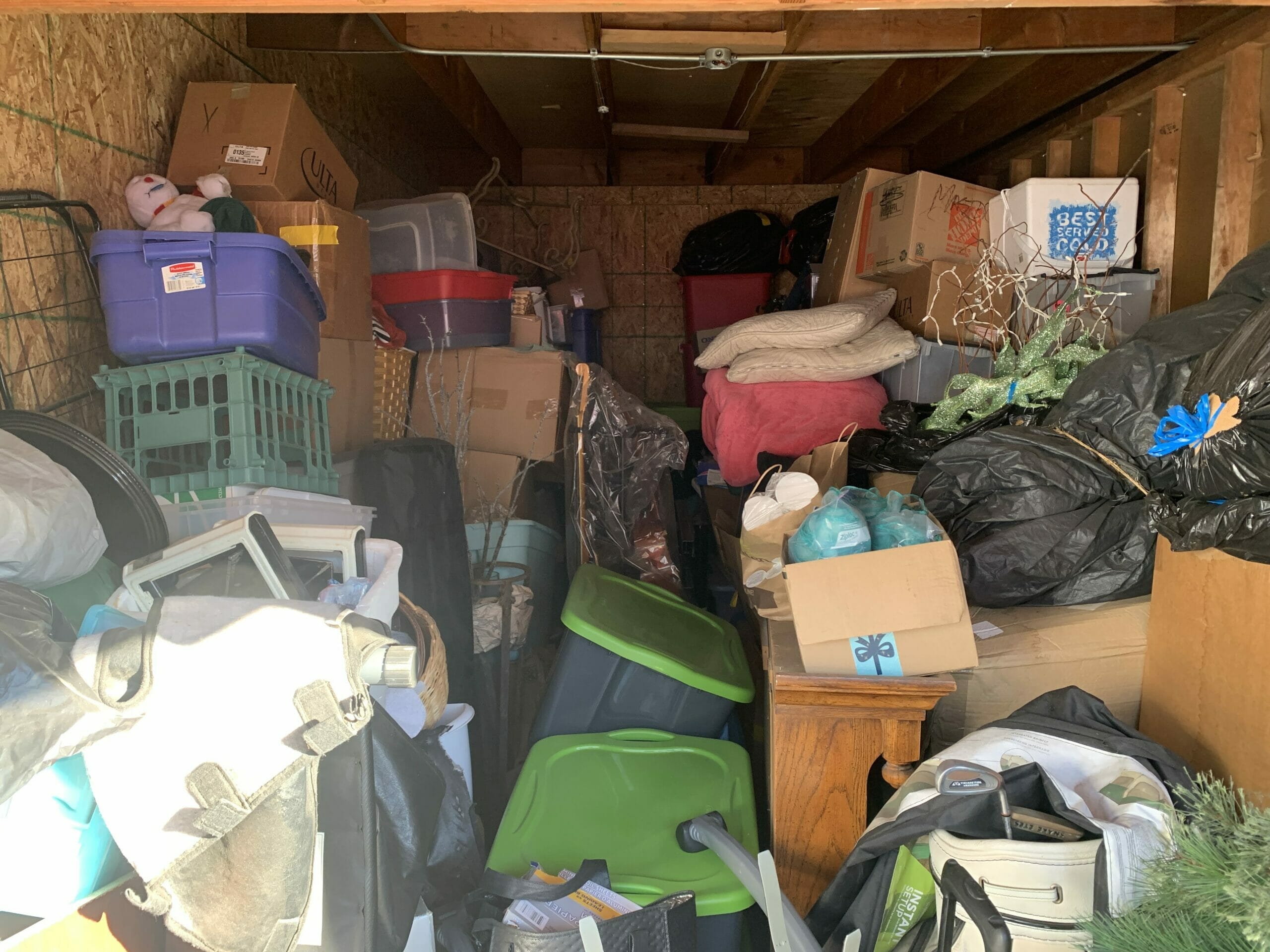
Establishing routines can be helpful in preventing hoarding behaviors from recurring. Develop a plan or schedule to keep the home clean and organized. This routine could involve regular tidying up or enforcing a one-in, one-out rule where for every new item that comes in, one old item needs to be discarded. Routines don't just help in maintaining an organized living space; they can also motivate and encourage individuals who may feel overwhelmed by the decluttering process.
The process of establishing a routine and a plan to maintain an organized living space can be difficult and time-consuming. That's why it's a good idea to work with professionals such as counselors or organizational specialists who can offer guidance and support.
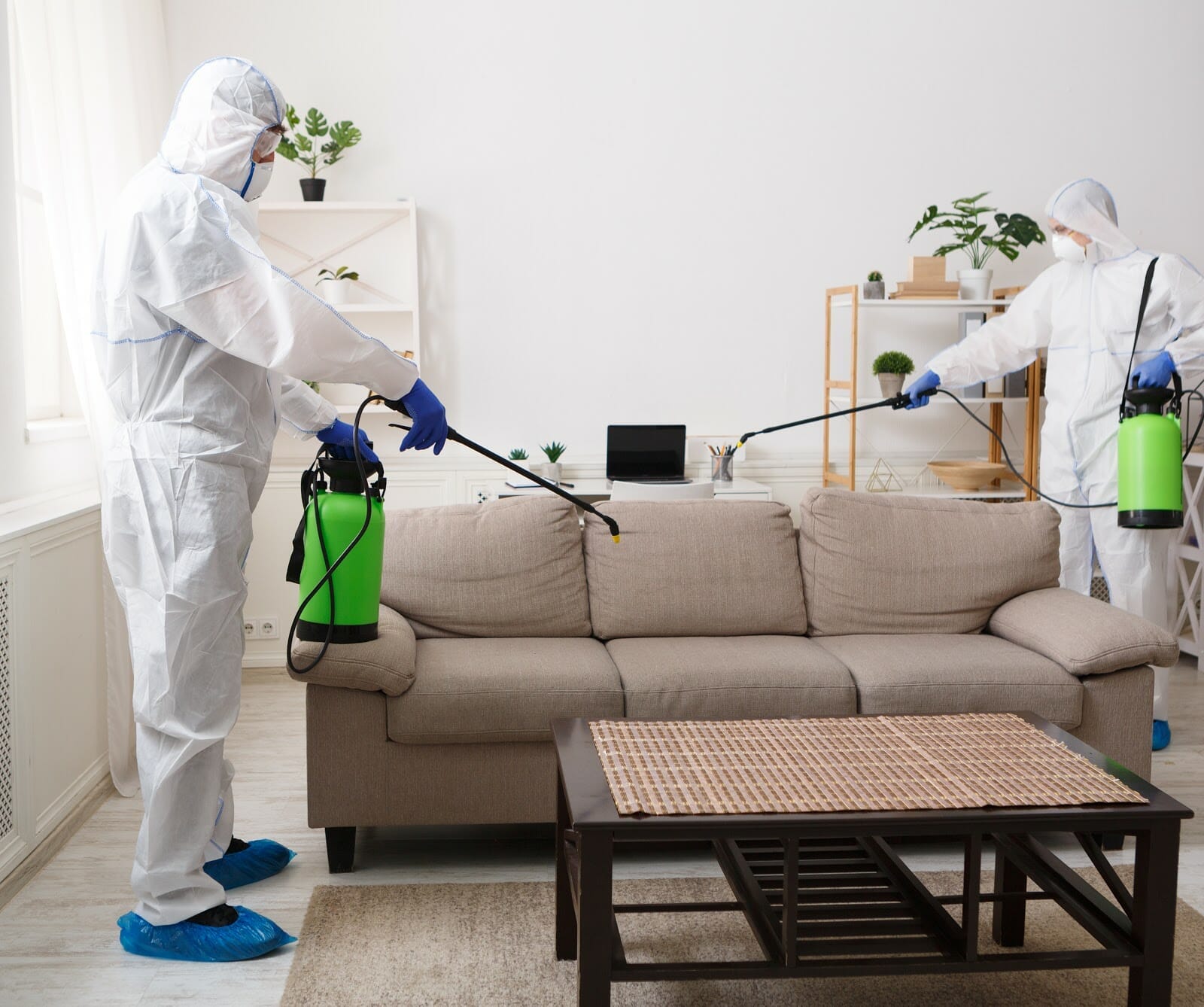
The root cause of hoarding habits may be deeper than the hoarding itself; therefore, in situations where hoarding persists despite several attempts to declutter, it may be best to address underlying mental health issues. Cognitive Behavioral Therapy (CBT) and other therapeutic treatments have been proven to be helpful for individuals with hoarding habits. When mental health is addressed and managed, there’s a greater chance of achieving lasting change!
Helping a hoarder requires patience, compassion, and dedication. Seeking support, compassionate conversations, sorting items, establishing routines, and addressing mental health issues are some ways of getting started.
Bio-One of Modesto is here to help! We are a professional biohazard and hoarding cleanup service designed to assist in restoring homes affected by hoarders. We hope the tips and resources discussed here will encourage and inspire you as you assist a loved one or even yourself in bringing a better and cleaner living space.
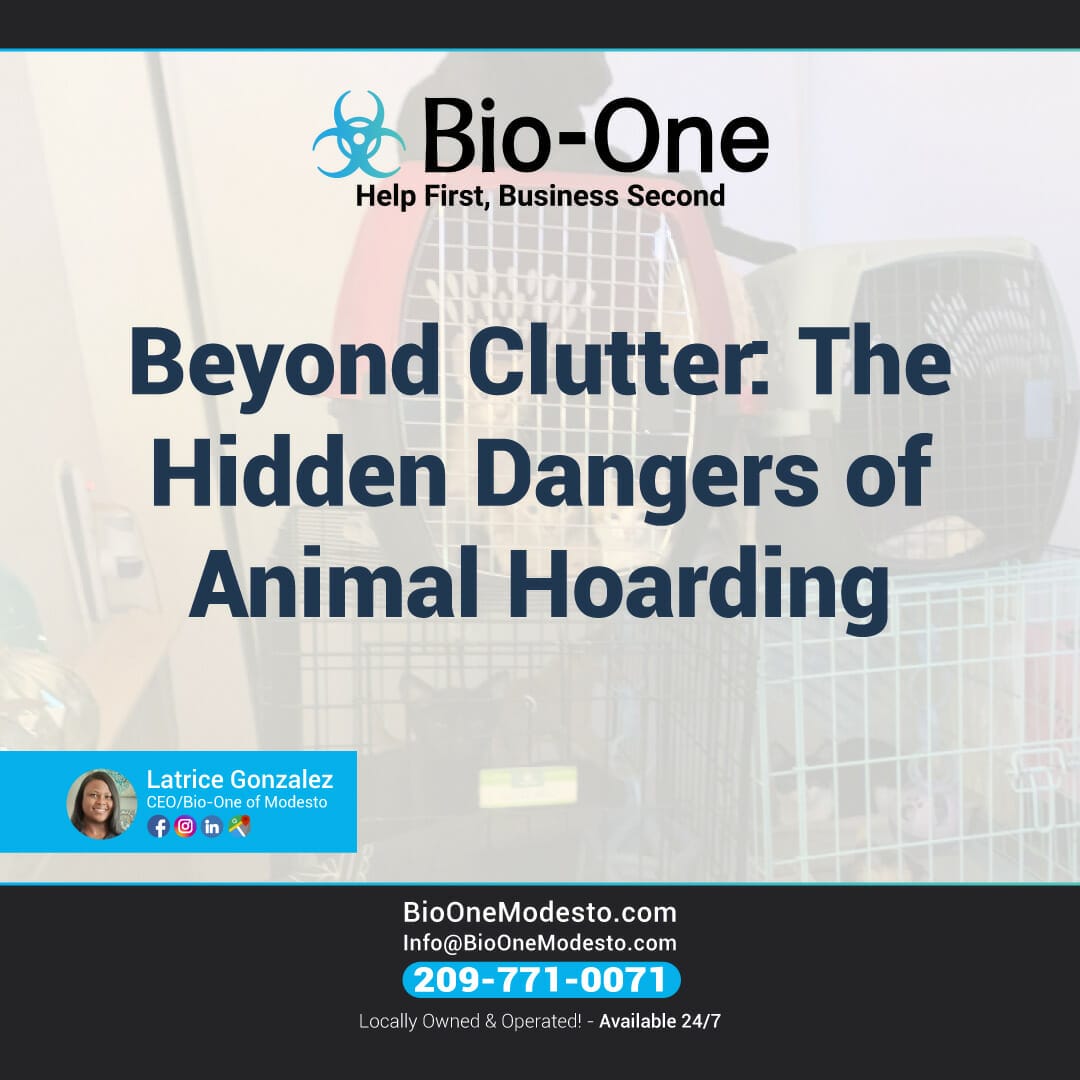
Hoarding animals may seem like a noble act of rescuing pets, but it can lead to serious health hazards for both the animals and their caretakers. Animal hoarding is a growing concern among pet lovers, animal welfare organizations, and law enforcement agencies. In some cases, these situations can get out of control, leaving the animals in a deplorable condition that poses health and environmental risks.
In this blog post, we will examine the importance of addressing these particular hoarding situations to protect both the animals and the people who live or work in these conditions. We will also discuss the health hazards associated with hoarding and the importance of trusting professionals to remediate these hazardous situations.
Hygiene issues, respiratory problems, and exposure to animal feces and urine are just the beginning of the potential health hazards associated with animal hoarding. The airborne fecal matter and urine also promote the growth of bacteria and fungi that pose health hazards. The ammonia-secreting urine also causes severe respiratory problems that can lead to asthma attacks, chronic bronchitis, and lung damage.
In addition to the respiratory issues, these scenarios attract parasites like fleas, ticks, and mites, which can cause diseases such as Lyme disease, salmonella, and rabies. The overcrowding of animals can also lead to the spread of diseases among the animals, leading to death.
Addressing animal hoarding situations requires a delicate and compassionate approach. Animal hoarders see their pets as their children, and they are emotionally attached to them; hence, they may reject any attempts to remediate their conditions.
Therefore, it is essential to engage a professional cleanup crew with experience in hoarding cleanup to handle these situations, along with help from mental health professionals. A hoarding cleanup company can create a plan that will guarantee the safe removal and disposal of animal waste and debris, leaving the space safe for both animals and humans.

Additionally, welfare organizations can play an essential role in addressing animal hoarding situations. They can collaborate with animal control officers and law enforcement agencies to identify and rescue animals from these hazardous conditions. They can also offer support services such as counseling for hoarders and education on proper animal care to prevent future hoarding cases.
Preventing animal hoarding cases requires educating the public on responsible animal care. People need to understand that owning pets comes with responsibilities, including providing decent housing conditions, adequate food and water, medical care, and attention. They also need to understand the physical, emotional, and financial requirements of owning pets.
Moreover, people should also learn to recognize the signs of animal hoarding:
By spotting potential scenarios early on, people can take action to protect the health and safety of both animals and humans. This is more than just an eyesore; it can be a serious health hazard that should never be ignored.
Animal hoarding situations can pose severe health and environmental risks. To address these risks, we need to collaborate with animal welfare organizations, law enforcement agencies, and professional hoarding cleanup crews to remediate these hazardous conditions. We can also prevent future hoarding cases by educating the public on responsible pet care and identifying and reporting suspected hoarding cases early.
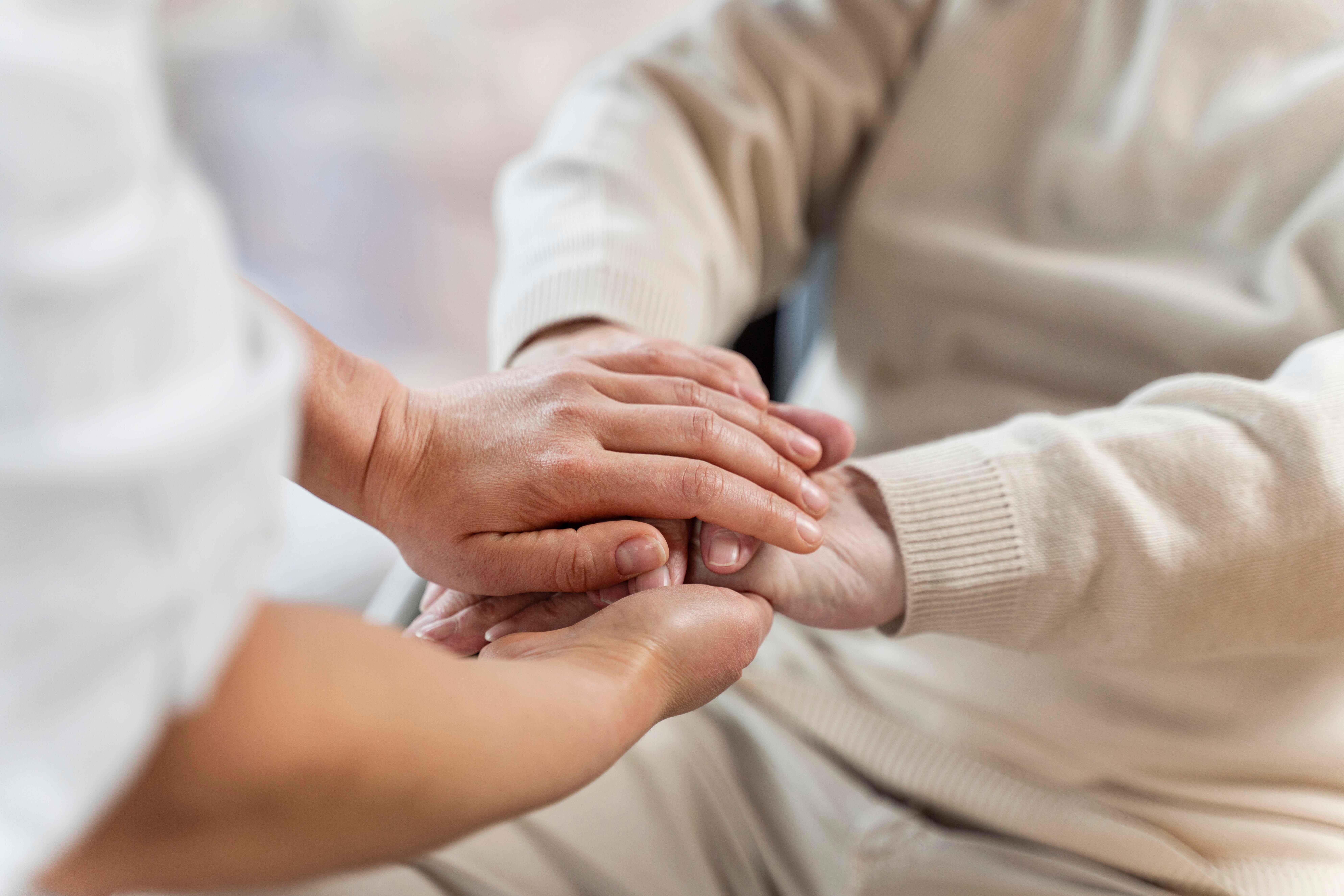
At Bio-One of Modesto, we are committed to mitigating the dangers posed by hoarding. We specialize in cleanup and restoration services for small and large-scale animal hoarding scenarios. We must act swiftly and holistically to protect both the animals and the people living and working in these conditions!

Unpleasant smells in your home can wreak havoc on your well-being and the well-being of your family. Whether it's mold or water damage, flooding, pets, animal waste, or other sources; the stench could make it challenging to feel comfortable and relaxed in your own home.
Aside from the unpleasantness of the smell, it can also pose a health risk to your family members, especially to those with allergies or respiratory issues. Fortunately, there are numerous odor removal strategies to help get rid of the stench and restore your home's fresh air. In this blog, we'll explore some of the most effective tips for odor removal in your home.
The first step in eliminating odor from your home is to identify the source of the smell. Trying to mask the odor with air fresheners or candles won't solve the problem. You must trace the source of the stench. Odor removal from your home must begin by identifying and addressing the root cause of the problem.
For example, if the odor is emanating from animal waste or mold, you must clean up the mess and address the underlying issue. You may also need to hire a professional odor removal company to help you inspect for hidden sources of odor.
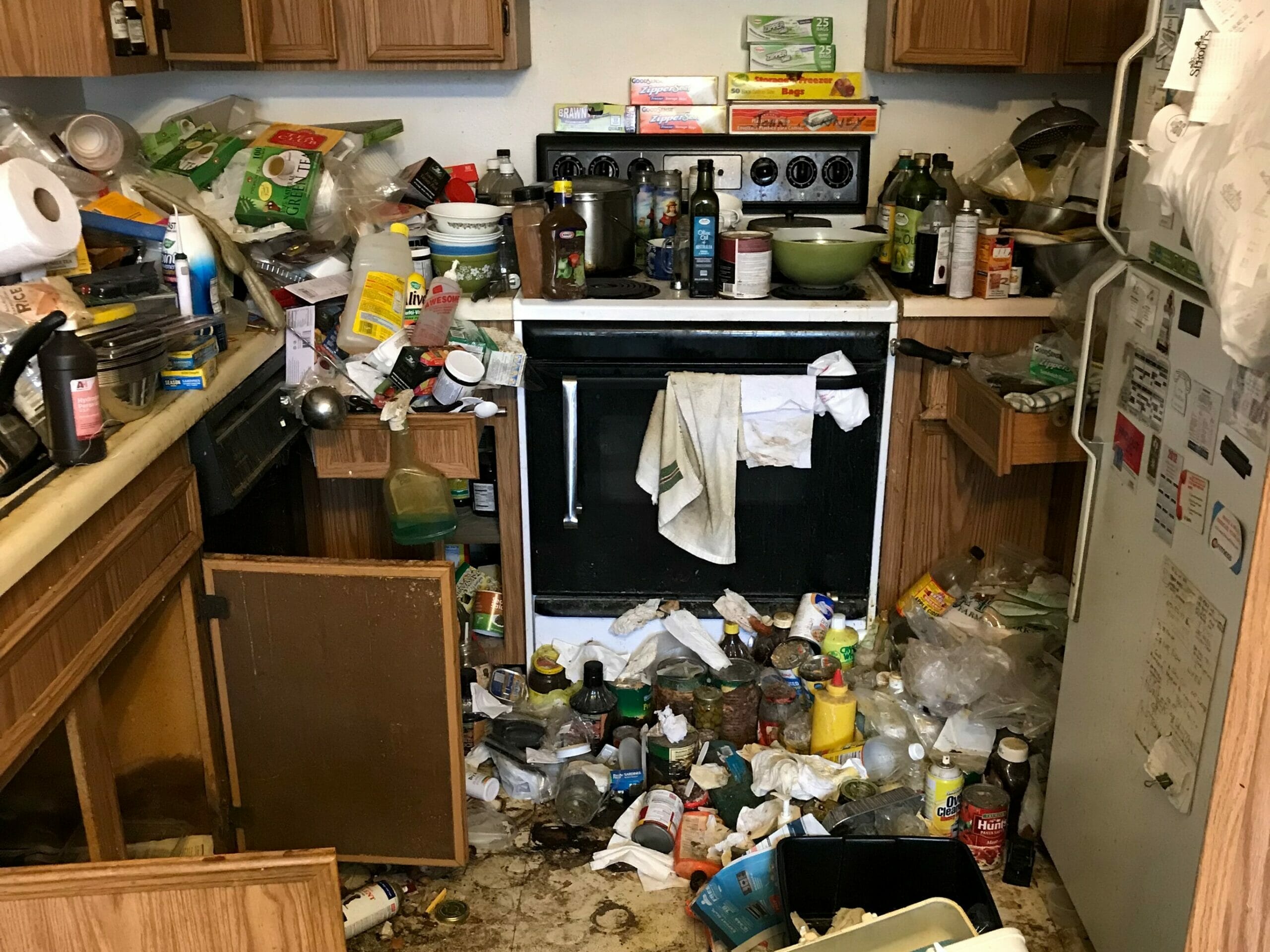
Poor ventilation can also cause unpleasant smells. When the air in your home is stale, it can increase the concentration of odors and make them more apparent. To reduce this problem, make sure you open windows and doors to allow fresh air into your home.
Also, vent fans in bathrooms and kitchens will help draw out the unpleasant smell and replace it with fresh air. You may also want to use ceiling fans, both indoors and outdoors, to circulate the air and reduce odor concentration in your home.
Air purifiers can be a game-changer when it comes to eliminating odor from your home. These gadgets help neutralize odor by filtering out unwanted pollutants and allergens from the air. They work by pulling air through the system, capturing the pollutants, and releasing fresh and clean air back into your home.
We recommend reading this article, by Good Housekeeping: Do Air Purifiers Actually Work?
When purchasing an air purifier, consider factors such as the room size and type of filter before settling on a model.
Deep cleaning your home is a surefire way to eliminate odor from your home. Start by vacuuming carpets, rugs, and upholstery to remove any pet hair or dander that may be causing the smell. Use an antibacterial detergent to clean hard surfaces such as countertops, floors, and walls.
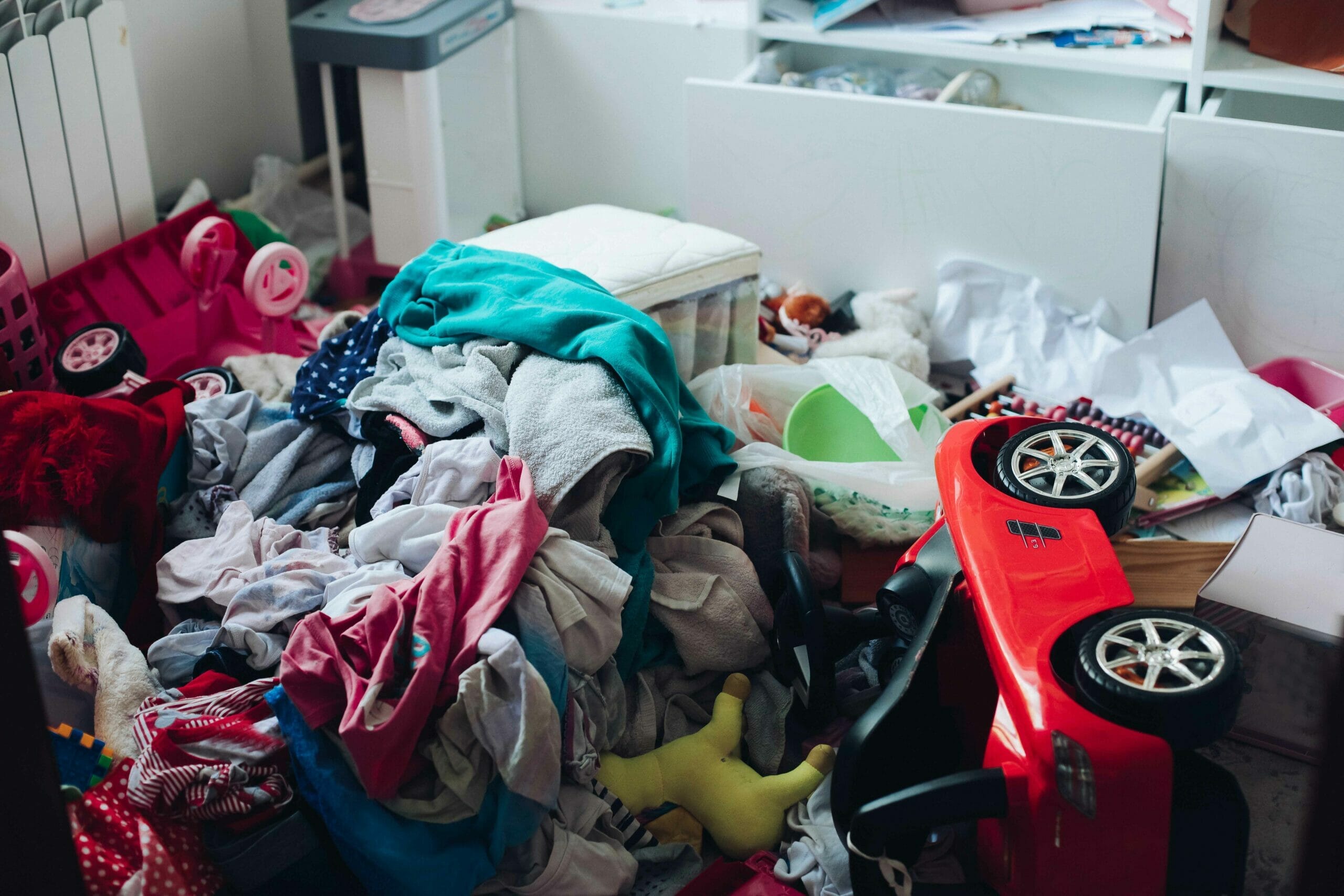
Here's our guide to deep clean your home: The Beginner's Guide to Deep Cleaning Your Home with Bio-One
Additionally, make sure to take out the trash regularly and keep the kitchen area clean to prevent bad smells from building up.
If none of the above strategies work to remove odor from your home, it's time to call a professional odor removal company. They can identify the source of the odor and have advanced technology that can detect even the most persistent smells. The experts can assess the extent of the odor problem and come up with an effective solution to eliminate it.
By identifying the source of the smell, investing in air purifiers, deep cleaning your home, using dehumidifiers, and calling a professional odor removal company, you can effectively eliminate bad smells and restore fresh air to your home.
If you notice a musty smell lingering after water damage, mold, fire, or other disasters; don't hesitate to call a professional odor removal service to prevent further health risks. Take action today and breathe easy!
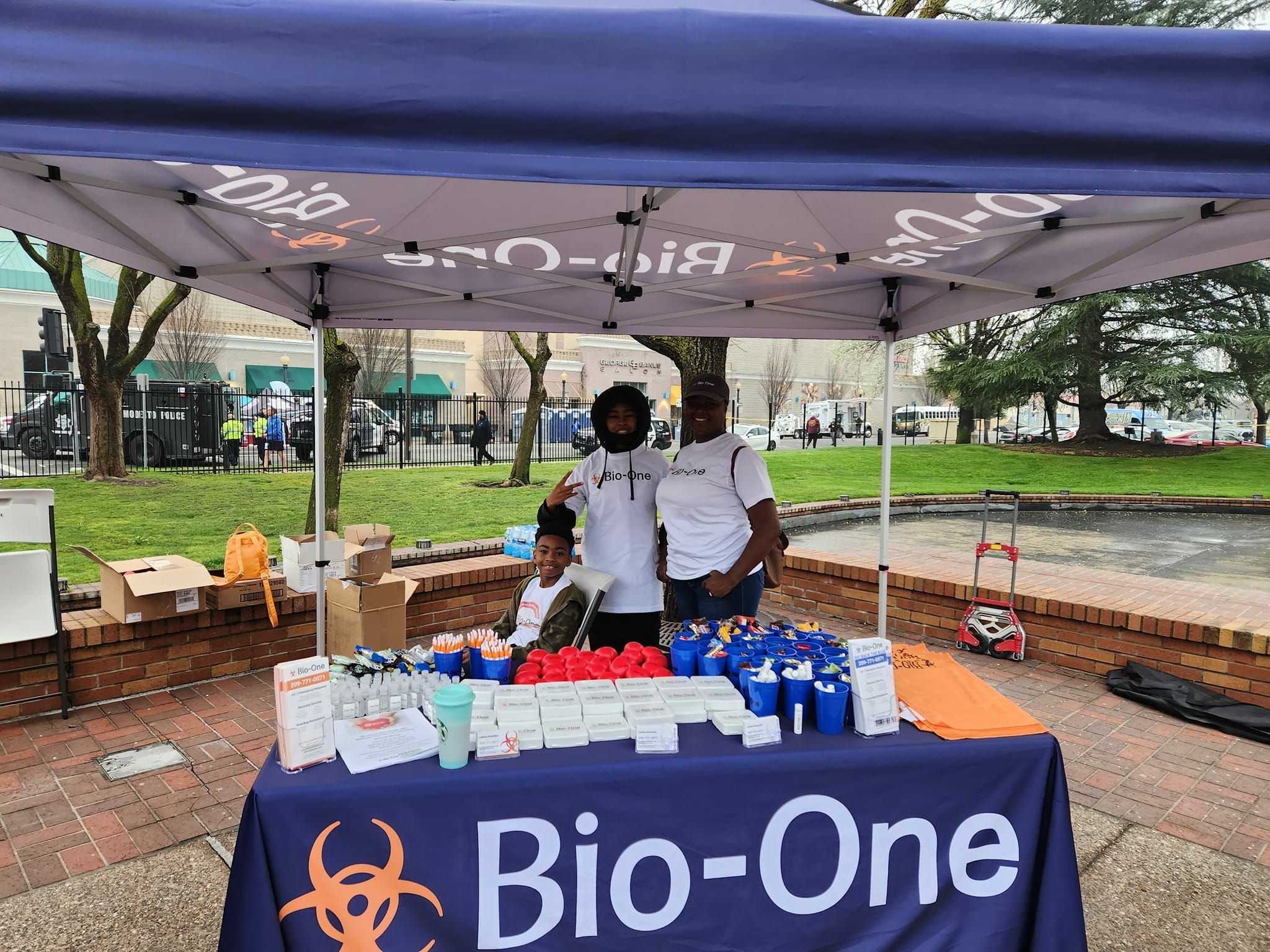

Homes filled with excessive amounts of clutter are often linked to hoarding, a disorder that affects millions of Americans. For hoarders, the items they collect have sentimental or functional value, making it difficult to let go of even the tiniest trinket. Unfortunately, hoarding can lead to serious health and safety hazards. So, how to approach a hoarder about cleaning up their homes?
In this article, we will discuss some tips on how to approach a hoarder in a compassionate and supportive way.
Before approaching a hoarder, it is essential to understand what hoarding is and the reasons behind it. Hoarders may experience significant distress when asked to throw away their possessions, leading to anxiety or panic attacks. Some hoarders may also feel embarrassed or ashamed of their living conditions and may not open up about their disorder to others. Approach them with empathy and kindness, acknowledging their challenges and validating their feelings.
Active listening is a powerful tool when it comes to approaching hoarders. Instead of imposing your views, try to listen actively and let the hoarder express their thoughts and concerns. Listen carefully to their reasons for holding onto things, and once they feel heard and understood, they may be more receptive to discussing the cleanup process.
When thinking of how to approach a hoarder, keep in mind that they are more likely to accept practical solutions rather than abstract ideas. You can offer to help them sort and categorize their possessions, identify the items that are no longer needed, and come up with a plan to dispose of them in a safe and meaningful way.
Learn more in our recent article: How to Clean Up a Hoarded Home: A Step-by-Step Guide
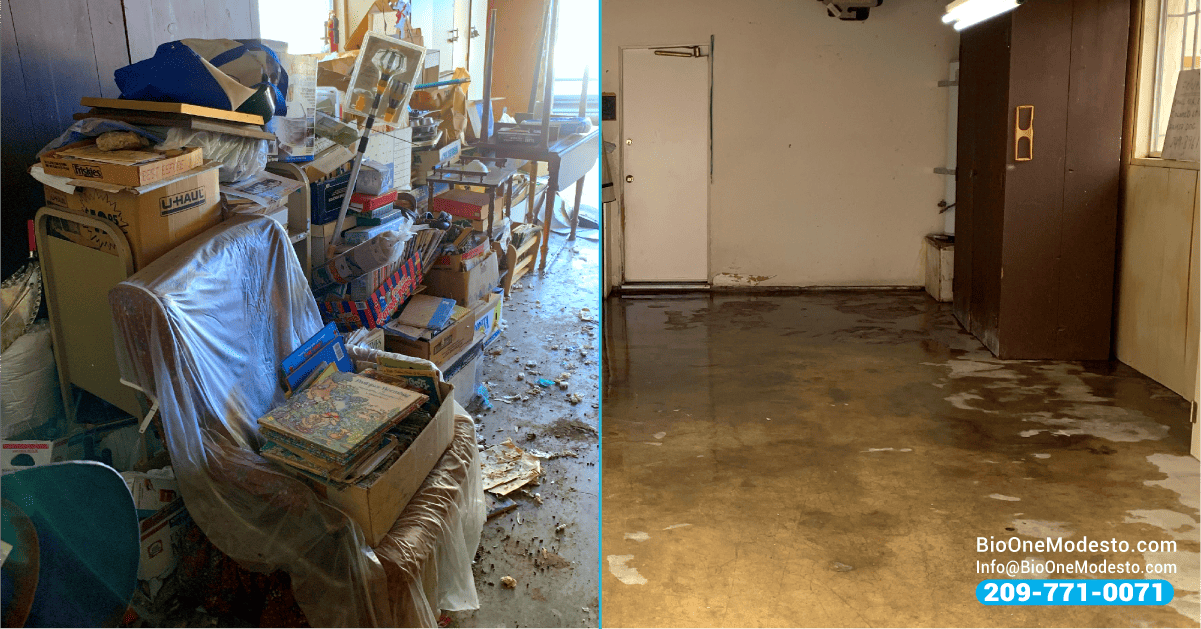
Additionally, you can assist them in organizing their space and creating systems that will help them maintain their newfound order.
Hoarding requires professional help and support. It is crucial to work with a professional organizer or therapist who specializes in hoarding and understands how to approach a hoarder with empathy and compassion. They can assist you in developing a plan to clean up the home, address the underlying emotional issues, and provide ongoing support to prevent relapse.
Cleaning up a hoarder's home takes time, effort, and patience. Be patient and supportive throughout the process, appreciating the hoarder's efforts to let go of the items they have collected over the years. Celebrate small victories and encourage them to keep going, reminding them of the benefits of having a clean and safe home.
Approaching a hoarder about cleaning up their home can be challenging, but with empathy, kindness, and practical solutions, it is possible to help hoarders and their loved ones restore their homes. Remember, it is crucial to work with a professional and approach the hoarder with patience, understanding, and support.
With the right resources and a supportive network, hoarders can reclaim their lives and enjoy the benefits of a clean and organized home. If you do decide to work with a professional team, consider our family at Bio-One of Modesto.
We provide a comprehensive cleanup and restoration service tailored to meet your specific needs and help you create an environment that is safe, healthy, and free of clutter. Contact us today to learn more about how we can help you or someone you love take back control of their home and life.
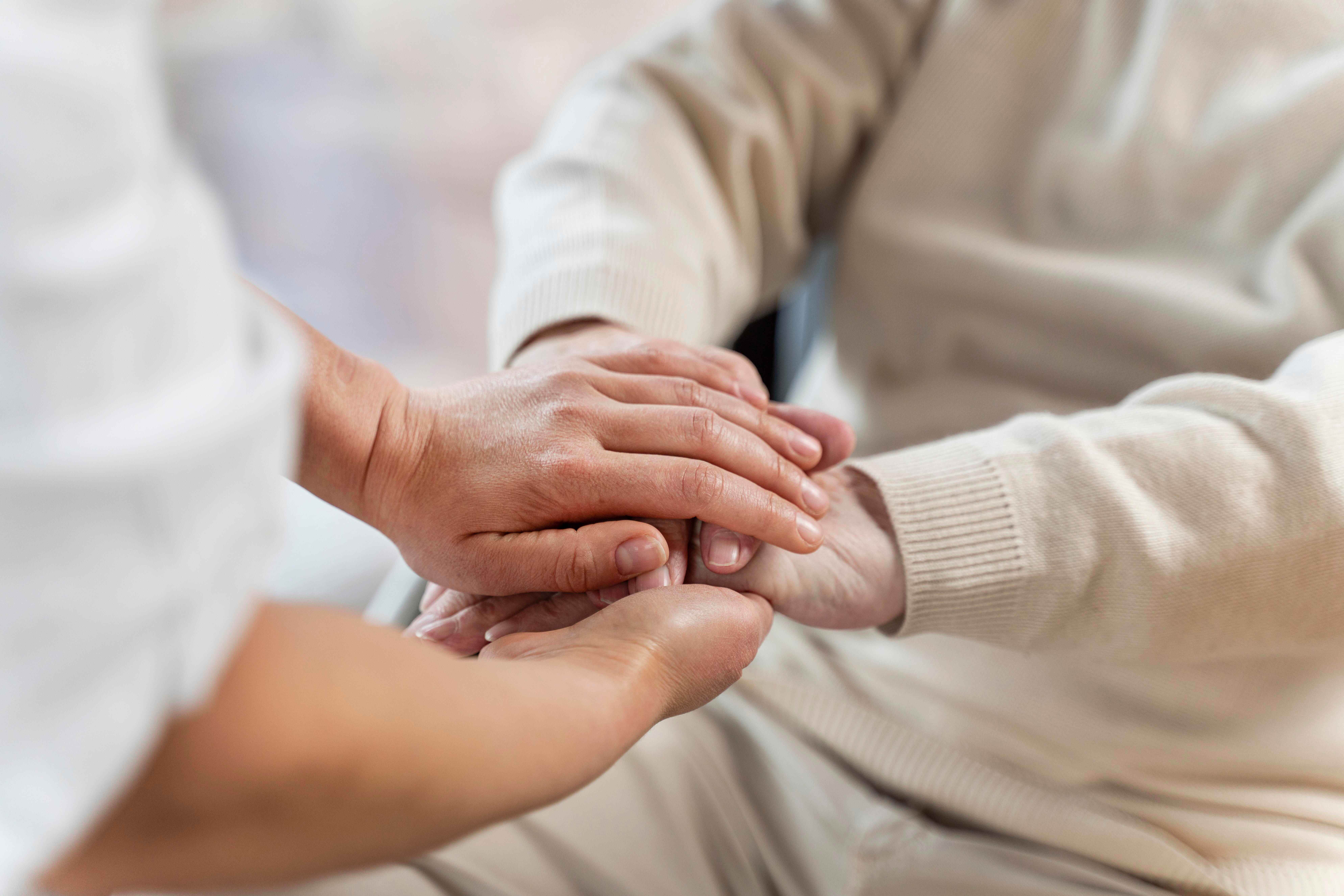
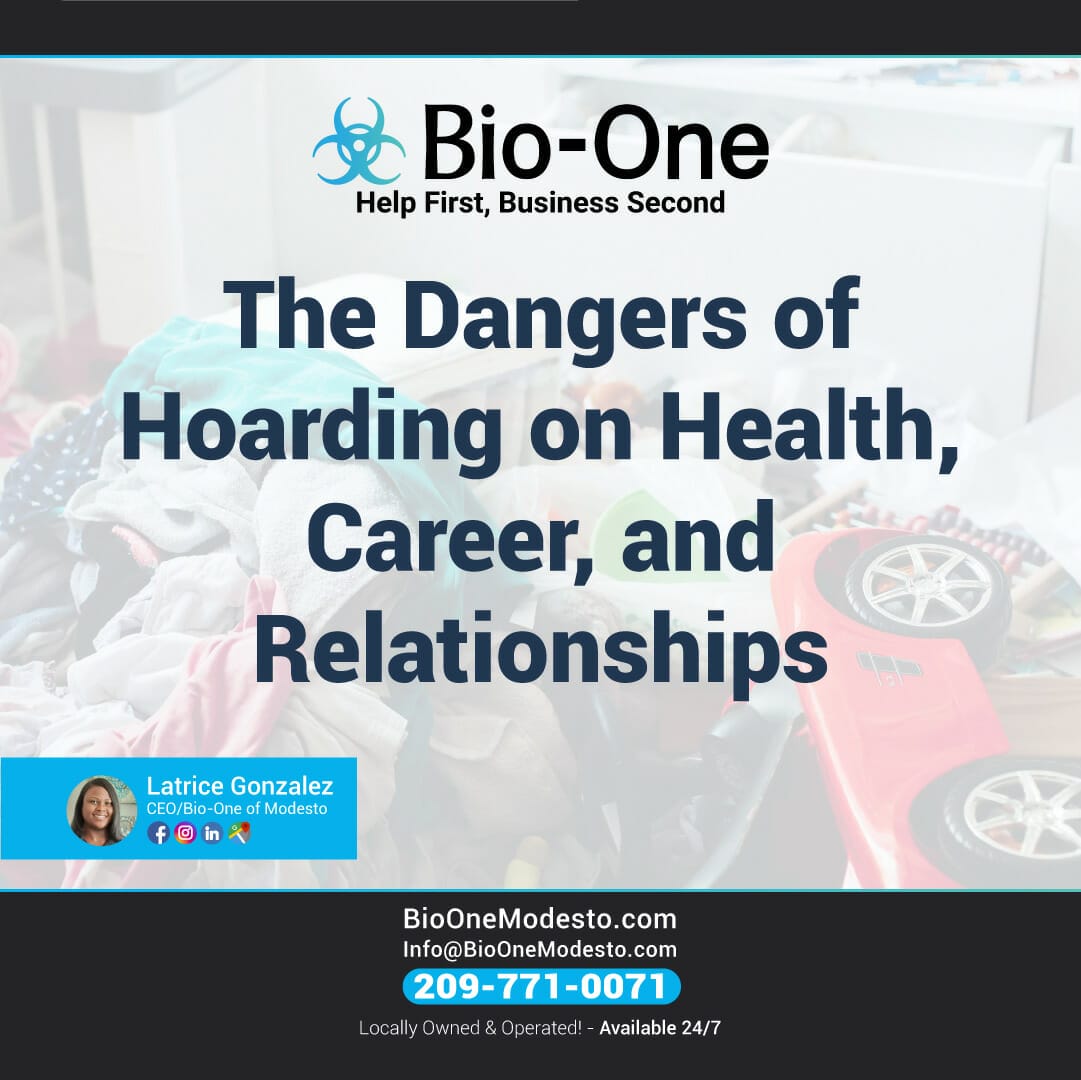
Hoarding is often a misunderstood and overlooked issue that affects people of all ages, races, and backgrounds. Hoarding disorder is defined as a persistent difficulty discarding or parting with possessions due to a perceived need to save them. It often results in the accumulation of clutter that takes up an inordinate amount of living space.
If you or someone you know might be struggling, you must educate yourself about the dangers of hoarding as it can have far-reaching impacts on a person's health, career, and relationships. In this blog, we will delve into the effects of hoarding and discuss the available support and resources.
Hoarding can negatively impact physical health in many ways. Piles of clutter can harbor germs, bacteria, and mold that can lead to respiratory issues such as asthma and allergies. In fact, cluttered living spaces can pose a fall risk that could result in severe injuries. The excess clutter can also make it challenging to maintain proper hygiene and living conditions, leading to an infestation of pests such as rodents or fleas.

Hoarding disorder is often associated with other mental health conditions such as depression, anxiety, and OCD. The clutter can cause feelings of shame and embarrassment, leading to social isolation and avoiding inviting anyone into their homes. Hoarders often struggle to make decisions on what to keep or throw away, which can cause significant distress and emotional turmoil.
Hoarding disorder can hinder a person's ability to perform basic tasks necessary to keep their job. A hoarder's home filled with clutter affects their work schedule as they find it challenging to get up and get ready on time. The dangers of hoarding in career and professional routes may include absenteeism from work, missed deadlines, and increased stress that could lead to impaired job performance.
Hoarding can negatively impact a person's relationships with family, friends, and coworkers. Cluttered homes can lead to social isolation, making it difficult to invite anyone over or to have a healthy social life. It can also cause family tension as hoarders may feel that their loved ones do not understand them or their struggles. Marriage or romantic relationships may also be impacted by hoarding, as it is challenging to maintain a healthy household when cluttered with excess possessions.

Yes, there is treatment available for Hoarding Disorder. Cognitive Behavioral Therapy (CBT) is a type of therapy that focuses on changing the way someone thinks and behaves in certain situations. It can help people with hoarding disorder identify their triggers and modify their behavior to better manage them.
In addition, professional organizers can provide assistance in helping hoarders declutter and organize their homes. Support from family and friends can also be helpful in providing encouragement and motivation for the person with Hoarding Disorder to seek treatment.
Finally, there are self-help resources available online that provide tips and strategies for decluttering and organizing. A few ways to help a hoarder include:
Hoarding disorder can adversely affect a person's health, career, and relationships. While living with hoarding can seem impossible, it is essential to know that there is plenty of support and resources available to help.

At Bio-One of Modesto, we understand the sensitive nature of hoarding and offer discreet and compassionate hoarding cleanup services. We work with hoarders to create safe and habitable living conditions. If you or a loved one are struggling with hoarding, please know that help is available!
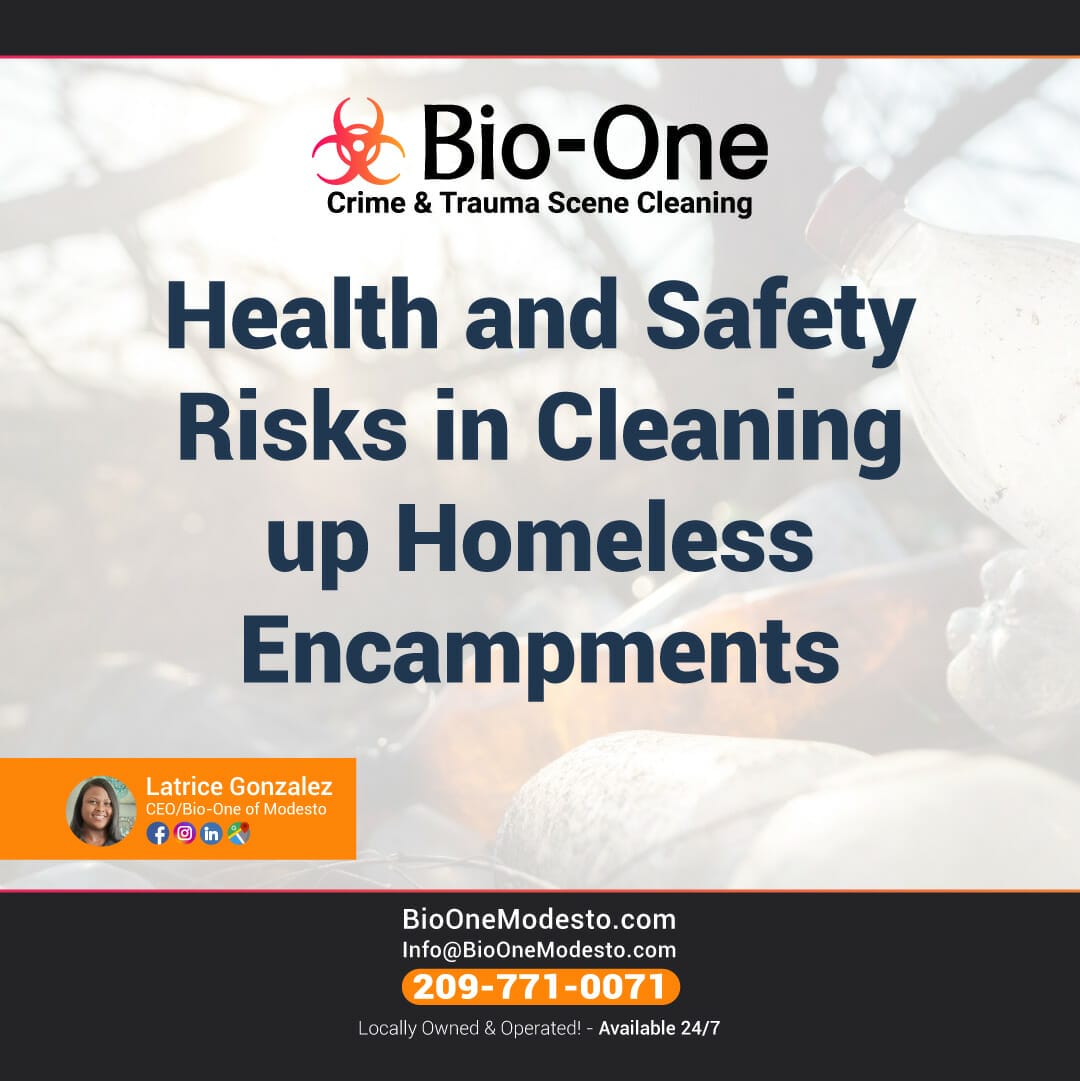
Homelessness is a growing concern in most cities, and California is no exception. With the rise in the number of homeless people, so is the increase in encampments that can be found anywhere in the city's nooks and crannies, parks, and sidewalks. If you're dealing with these scenarios on or near your property, you need to be aware of the significant health and safety risks that come with cleaning up homeless encampments.
In this blog post, we'll discuss some of the common hazards you might face while cleaning up homeless encampments and how Bio-One Modesto can help you with restoring the process.
Homeless encampments often contain sharp objects and needles that are dangerous to handle. These items, including broken glass and rusted metal, can cause serious cuts and other injuries if not handled with appropriate caution. In addition to these physical hazards, there may be hazardous chemicals present in the encampment due to drug use or improper disposal of household products. There is also the possibility of human waste, which can contain various pathogens, viruses, and bacteria such as hepatitis A, E. Coli, Norovirus, Salmonella, Campylobacter, and others.
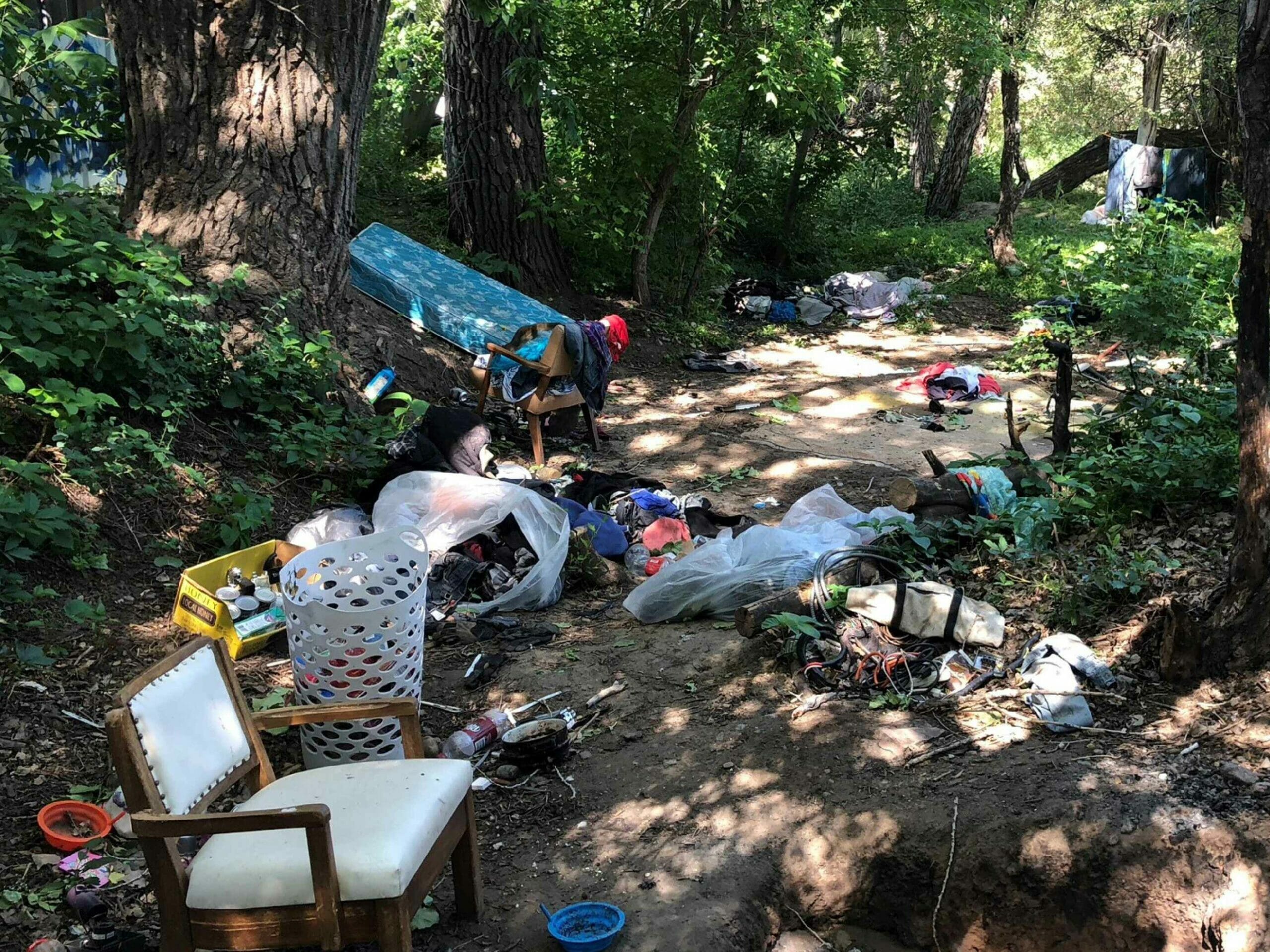
During the cleanup process, there is a risk of the release of airborne pathogens that were previously trapped in the encampment's debris. Mold spores, toxic fumes, or even the release of biological waste can cause respiratory problems and other illnesses. These pathogens are not for the faint of heart and may require specialized remediation techniques.
Homeless individuals' living conditions are such that they are more prone to infections and diseases, which pose a risk to others cleaning up the encampment area. Contagious diseases like tuberculosis, MRSA, or HIV, can spread through physical contact or aerosolized transmission.
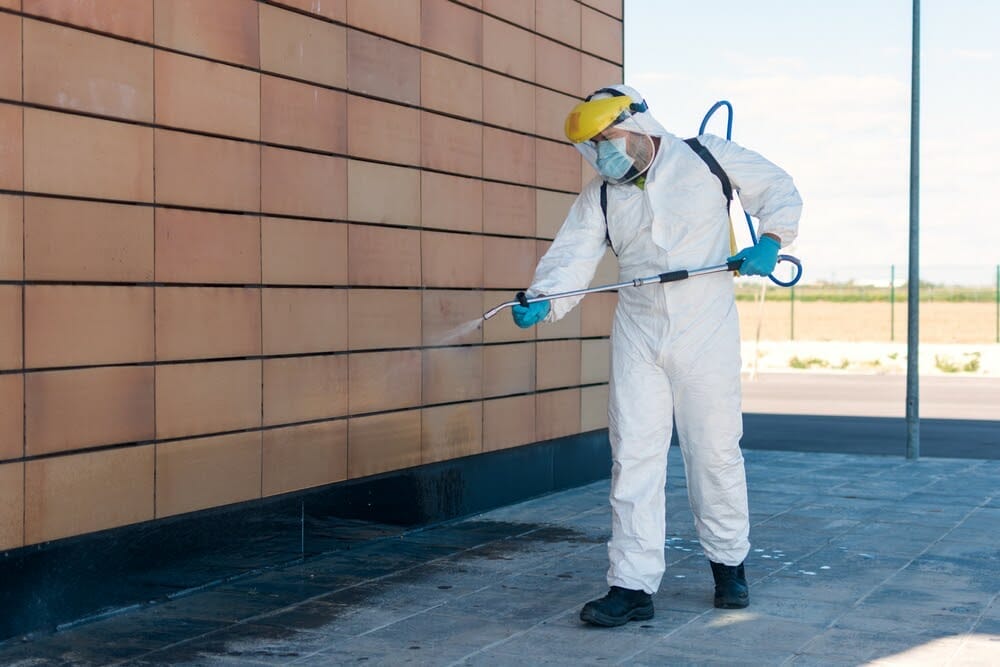
With the right equipment and knowledge, our team at Bio-One Modesto can safely remove hazardous materials and infectious waste while following appropriate protocols to protect your property, employees, and customers. We utilize specialized equipment to contain and neutralize hazardous materials while disposing of biohazardous waste properly.
The bottom line is that cleaning up homeless encampments is not a job for amateurs. It is essential to be aware of the health and safety risks involved and the appropriate steps to take to keep yourself and others safe. Contact us today to learn more about how we can help you protect your property and the surrounding environment!